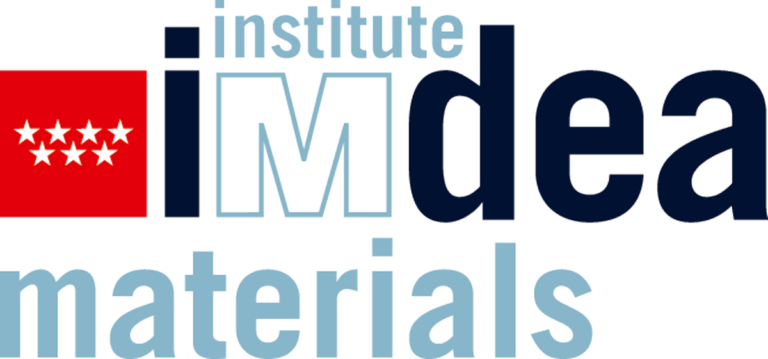Project details
Funding: Consolidación Investigadora 2024
Project coordinator: IMDEA Materials
Project period: 01/10/2025 – 31/03/2027
IMDEA Materials' researchers
Abstract
Historically, metallic alloys have been developed by experimental trial-and-error, incrementally adding chemical elements from across the periodic table. This has led to the development of alloys of extraordinary properties. However, the development of technological alloys of extreme chemical complexities has had dramatic consequences from a sustainability standpoint. In particular for steels and aluminum (Al) alloys, most alloying elements cannot be recovered economically. Meanwhile, within the same alloy, microstructures can dramatically alter material properties. In this context, sustainable metallurgy approaches have emerged, focusing on recycling-friendly materials, using leaner and simpler alloys, alloys robust to composition changes, achieving outstanding properties via microstructure-oriented (rather than composition-oriented) alloys design.
In parallel, additive manufacturing (AM) techniques offer numerous advantages from a sustainability point of view (e.g. resource efficiency, repair, value chain disruption, customization/complexity ”for free”). In particular, AM techniques based on selective laser melting of powders allow exploring a range of processing conditions up to very high cooling rates (~ 10^7 K/s). Such high cooling rates may in turn lead to solidification conditions far from equilibrium, hence providing an additional lever to design and produce original microstructures.
In that context, however, the limited fundamental understanding (and lack of predictive modeling) of kinetic effects during (solidification) processing has limited the impact of relatively simple alloy blends. The objective of this project is to develop atomic-scale modeling tools that can be used to accelerate the design of sustainable metallic alloys with comparable or better properties than multicomponent state-of-the-art alloys by leveraging microstructure changes induced by solidification kinetics.
To do so, we will develop, and openly distribute, a suite of atomic-scale modeling tools and postprocessing scripts to calculate key solid-liquid interface properties, and to explore the atomistic underpinnings of microstructural transitions in metallic alloys. We will focus on Al alloys, which play a key role in weight reduction of structures (in particular in the transport sector) but also offers the greatest (>90%) energy savings by shifting from primary (ore reduction) to secondary (scrap melting) synthesis. We will study the effect of small additions of elements, thus gaining valuable insight into the microstructural robustness of ”dirty alloys” (relevant to scrap recycling).
This research will not only shed light on poorly-understood fundamental mechanisms taking place at solid-liquid interfaces (e.g. kinetically induced dendrite orientation transitions) but also provide the community with a robust toolbox to pursue their own exploration of alloy solidification kinetics at atomic scale.
Partners

Funded by

Grant CNS2024-154608 funded by MICIU/AEI /10.13039/501100011033.
